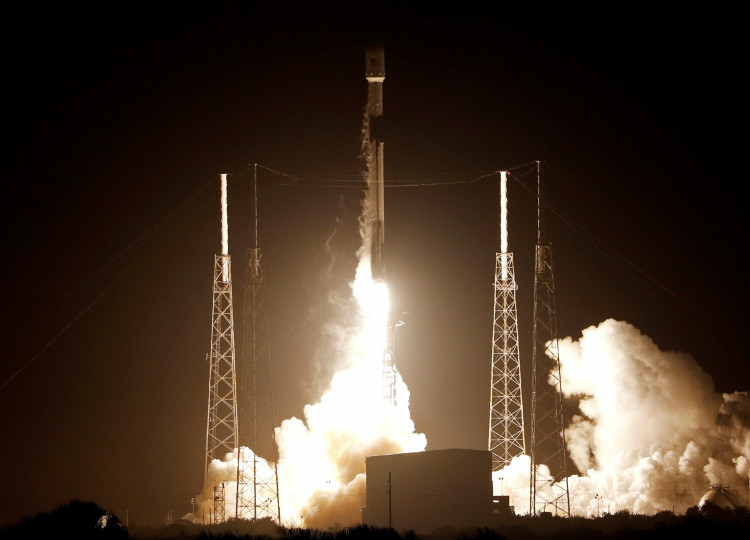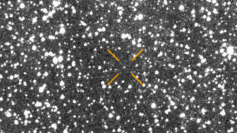NASA couldn't find India's missing lunar lander despite its best efforts.
The Indian Space Research Organization (ISRO) launched its Vikram lander on Sept. 6, as part of its Chandrayaan-2 moon mission. Shortly before its touch down to the lunar surface, ISRO lost contact of the machine. NASA promptly sent its Lunar Reconnaissance Orbiter (LRO) to search the landing site, but the lander couldn't be found.
LRO was again sent to scan the area on Oct. 14 in hopes of finding the missing lander in better lighting conditions, but the search came up empty again.
The landing site was reportedly covered in large shadows during the first attempt. The shadows had shrunk during the second flyby, but NASA was still unable to spot traces of the lander. LRO is again set to fly over the area in Mid-November, when the shadows are expected to shrink even more.
The camera team for NASA's orbiter scanned the new images and compared them with previous photos of the area before the supposed landing. This process should allow the space agency to help recover the Vikram lander, or at least what's left of it.
As to the whereabouts of the lunar lander, NASA believes it had crashed outside the landing area. It's possible that Vikram is being obscured by a shadow as well.
"Because of the low latitude, approximately 70 degrees south, the area is never completely free of shadows," the space agency said in a statement on Wednesday.
Vikram's current location remains a mystery to NASA and ISRO, but the Chandrayaan-2 orbiter's mission continues. In fact, ISRO provided an updated via Twitter showing an image of some moon craters taken by the orbiter.
#ISRO#Chandrayaan2's DF-SAR is designed to produce greater details about the morphology and ejecta materials of impact craters on the lunar surface. Have a look of initial images and observations made by DF-SAR
For more details please visit: https://t.co/1j7SBcXIpl pic.twitter.com/SEHukoYJMV — ISRO (@isro) October 22, 2019
India's ill-fated moon lander marks the country's second attempt to send a spacecraft to the lunar surface, the first being the Chandrayaan-1 mission.
Earlier this year, a lunar lander called Beresheet from Israel Aerospace Industries and SpaceIL also crash landed on the moon. However, it was eventually found using the same techniques NASA is, currently, using to find the Indian lunar lander.
For now, both NASA and ISRO continue to solve the mystery behind Vikram's disappearance.



